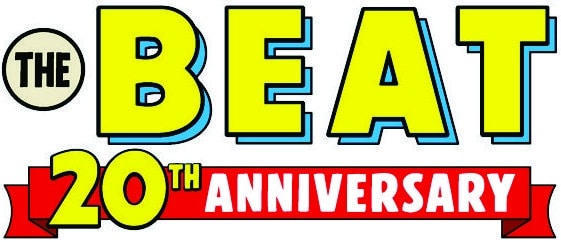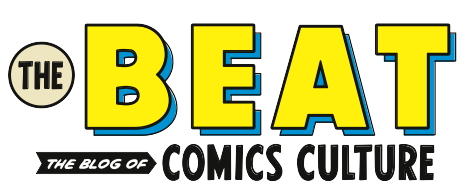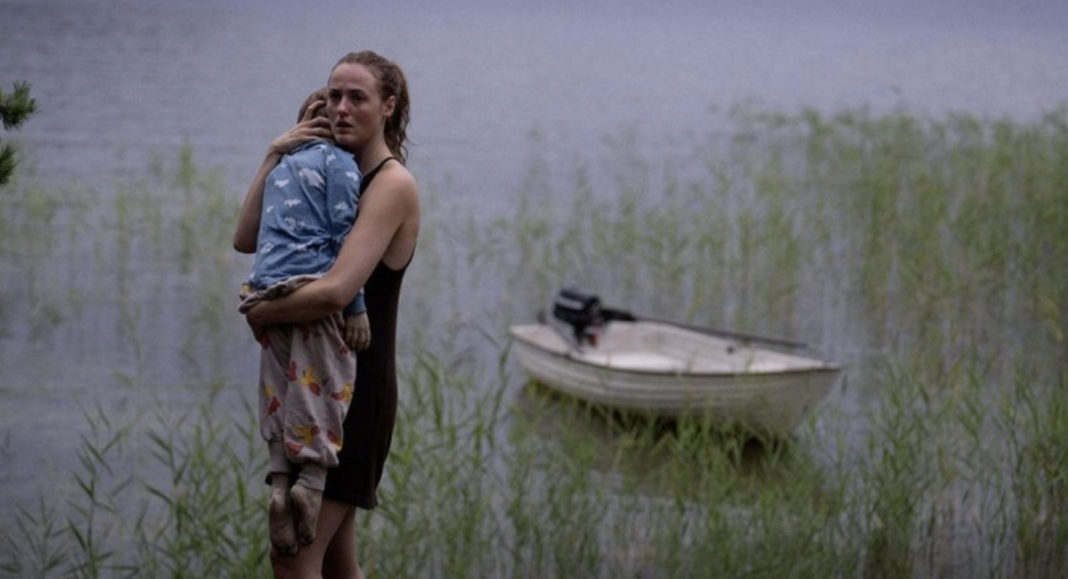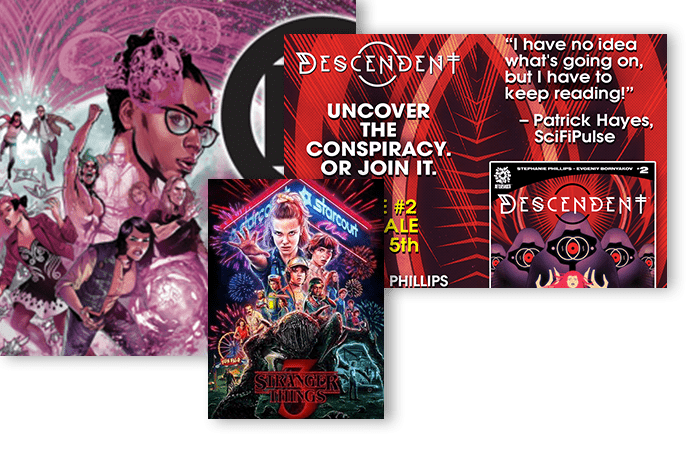How do you react when your recently deceased loved one returns to you? What emotions do you have? Which actions do you take so that you don’t have to grieve once again? These are the questions that Handling the Undead forces its lead characters to confront.
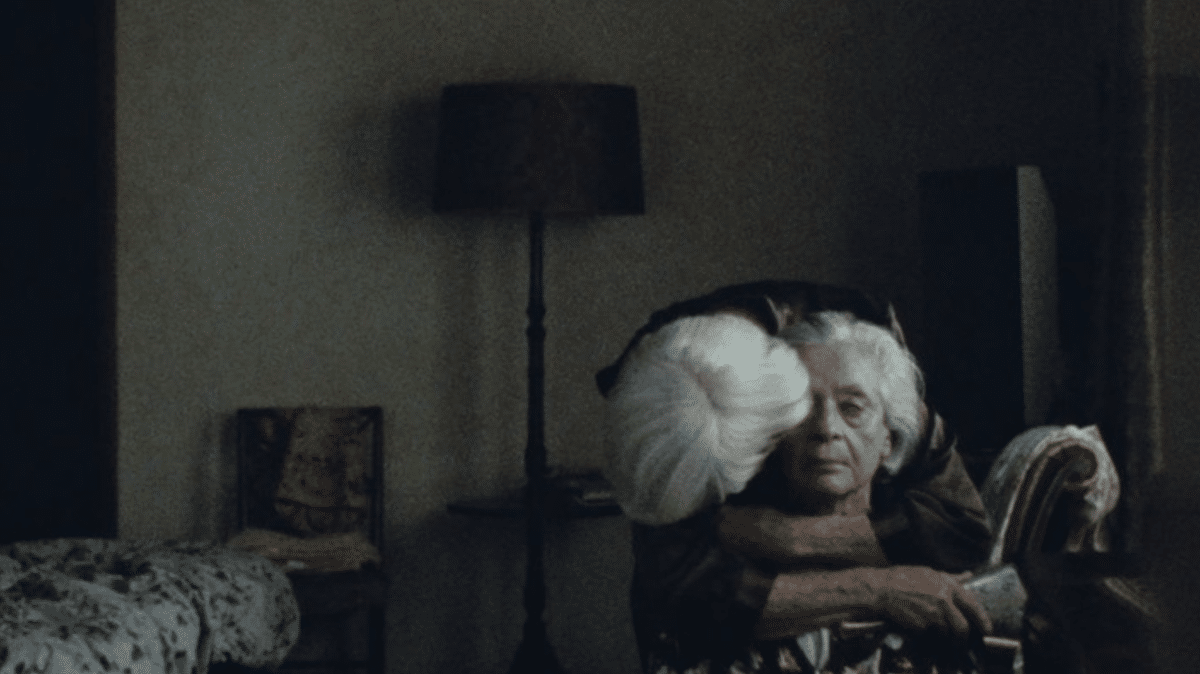
Grief is a strange thing to go through over a dead loved one. It never goes away. The people no longer in ours lives still live with us. Horror as a genre has often worked as a way for people to deal with this. Tackling the issue of grief through genre often takes the form of ghost stories. What better metaphor than spirits coming back to be amongst the living to better communicate the idea? Last year’s excellent Talk to Me is a great example of this.
Handling the Undead offers a different take. Here, grief takes the form of the undead, shambling corpses who return to those they loved in life. Calling them zombies feels incorrect. That word, at this point, conjures up hordes of reanimated dead bodies attacking those that still live. These creatures do shamble and it’s implied after a certain period they become cannibalistic. The revived corpses, though, mostly just sit around as family members try to get them to act like they used to.
The film is based on a novel by John Ajvide Lindqvist, the writer most famous in the United States for his novel Let the Right One In. For many, the film adaptation of Let The Right One In was a fresh take on the vampire story. Lindqvist adapts his own novel with writer/director Thea Hvistendahl and the results are less than satisfying.
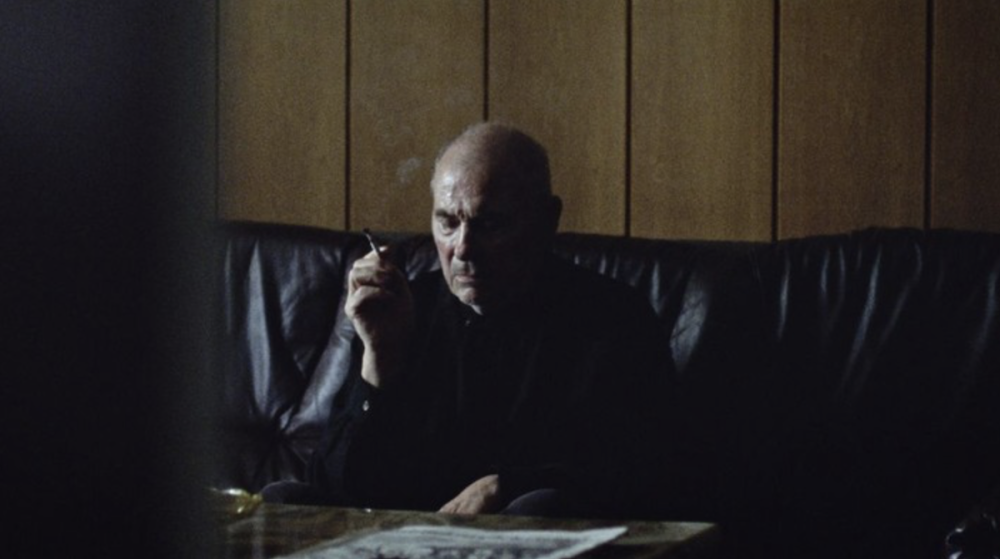
The term “slow cinema” has come into vogue recently for contemplative films with long takes or scenes allowing images to tell the story. Horror is not a genre averse to “slow cinema”. One could argue that recent horror films such as I Saw the TV Glow and In a Violent Nature both could fall under the that description. Watching these films requires patience and an open mind. This style of filmmaking though is so effective for conveying narrative and themes through entirely visual means.
Handling the Undead, unfortunately, feels like glacial cinema. First-time director Hvistendahl and first-time screenwriter Lindqvist clearly want to convey most of this film visually. However, they rely on too familiar relationships that need to be clearly established for emotional impact. The filmmaking has a novelistic quality to it. However, this quality gets in the way to the point in which one can imagine how things would work on the page better than on screen.
The opening scenes for example follow the three families who will be visited by undead loved ones. These scenes barely explain who these people are and at what relationship they have. Are the family members? Lovers? Friends? It takes a good twenty to thirty minutes before anything is established in any fashion. There are stories that unfold slowly and then there’s feeding an audience crumbs before they realize it comes from bread. This is the latter.
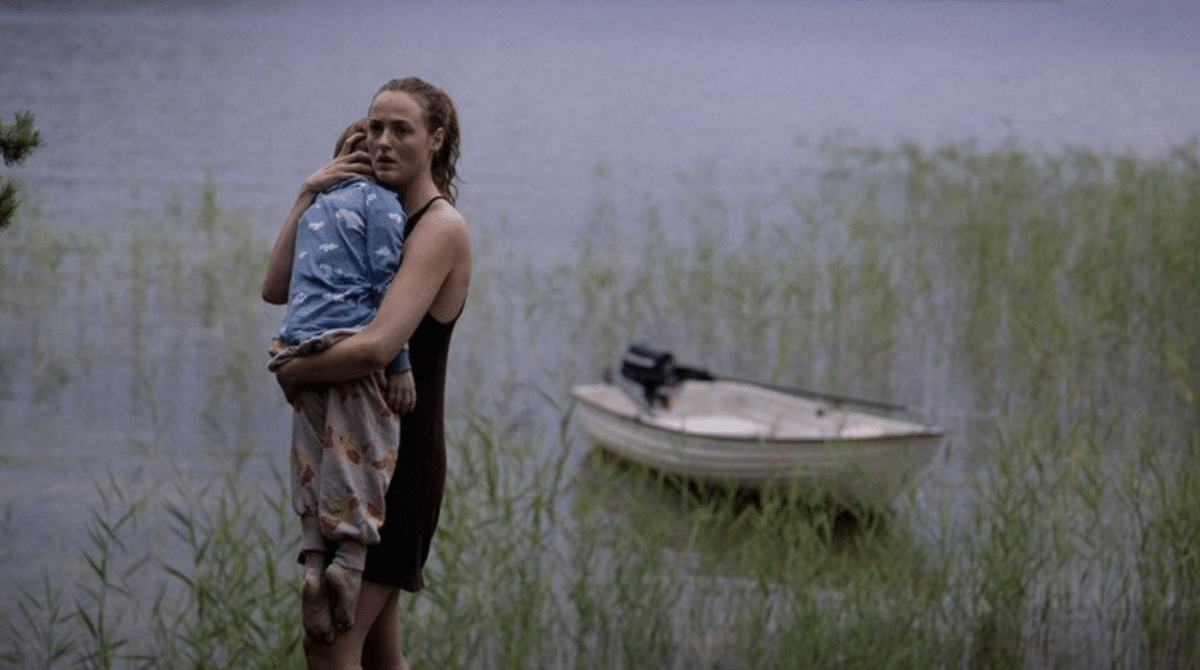
When the dead finally show up, the most intriguing things happen on the fringes. Graveyards get excavated for potentially newly alive people. Police round up wandering undead. Hospitals become centers of research for whatever is happening. Visuals like this hint at how this world is now changed and they offer intriguing story possibilities.
Instead Hvistendahl and Linqvist’s script focuses on three groups of people and how they handle the return of their loved ones. And not much happens. These shambling entities mostly just sit, and occasionally gasp for air. There’s little explanation for why these individuals were revived.
But so little happens because most of the feelings and actions are projected onto these ambulatory corpses. It’s mostly people arguing with each other or just going about their lives as a corpse sits in a room. The living want them to be who they were but the undead are simply reanimated corpses. They can never be who they once were.
Eventually action does occur in the last twenty or so minutes. However, the action is everything that you expect from a movie about the undead. The filmmakers spend so much time making an atypical film about the undead but can only create an ending with familiar scenes. Even the final shot seems obvious because the metaphor is so on the nose.
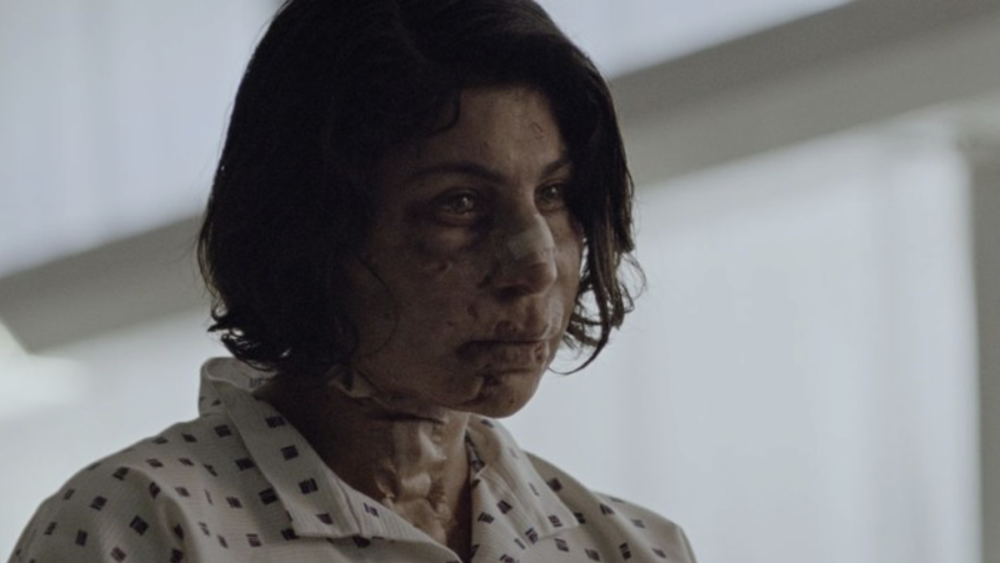
Even if the metaphor for grief is a bit too on the nose, it remains a powerful one. When Anna (Renate Reinsve, Worst Person in the World) holds her child who looks mummified, there’s obvious devastation at losing a child so young. Bente Børsum’s Tora, an older woman, finds joy only when her dead lover returns to her. There is power in this film, but too little to really jolt an audience.
John Ajvide Lindqvist clearly wanted to do for zombie films what he did for vampire films with Let the Right One In. Both he and filmmaker Thea Hvistendahl wanted to make a thoughtful take on zombie films in a time where one could be used. However, Handling the Undead just sort of shambles about like the corpses in it. It’s a lifeless film that occasionally shows some emotion but mostly just sits there with people wanting something to happen.
Handling the Undead is currently in limited release in theaters from Neon.
